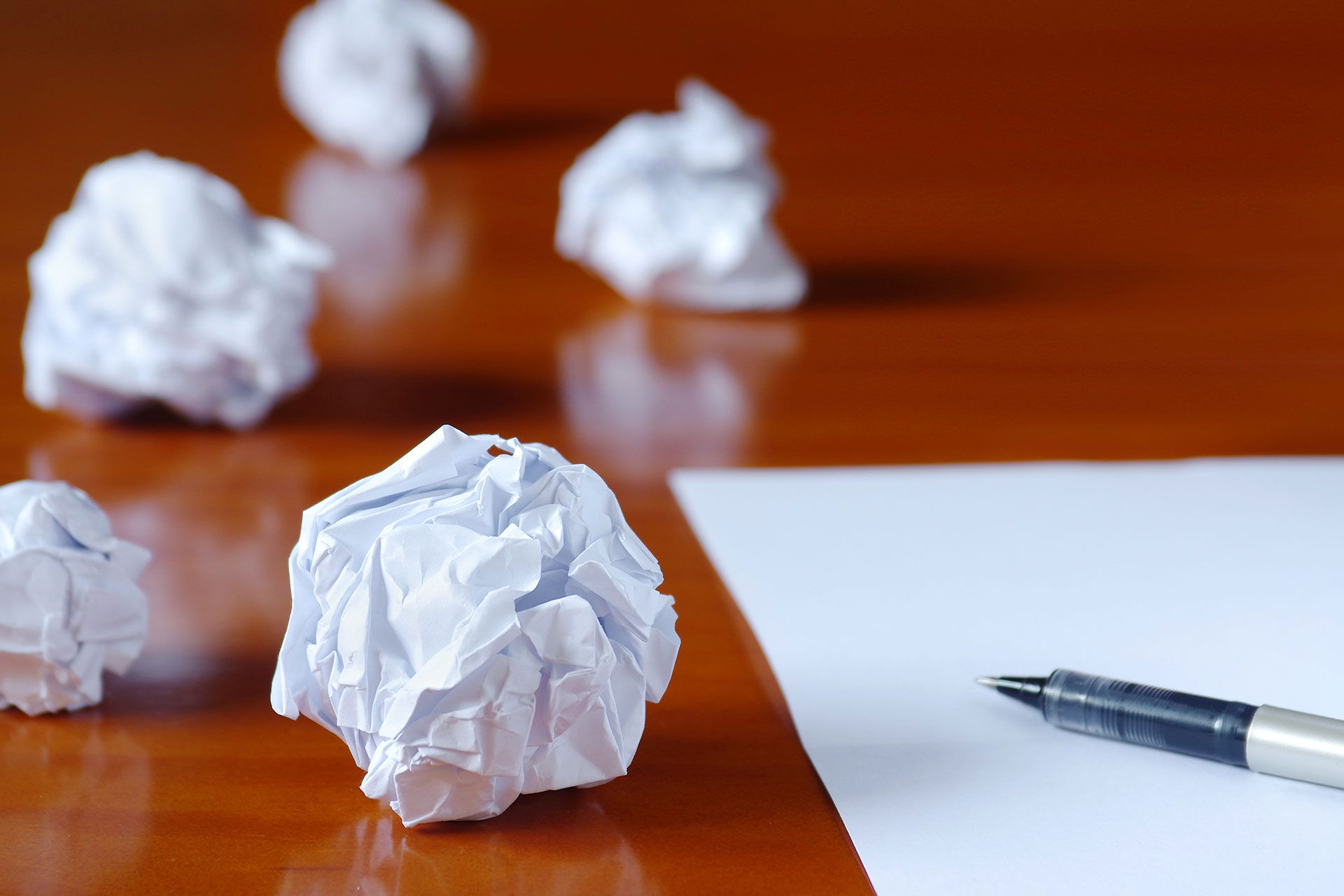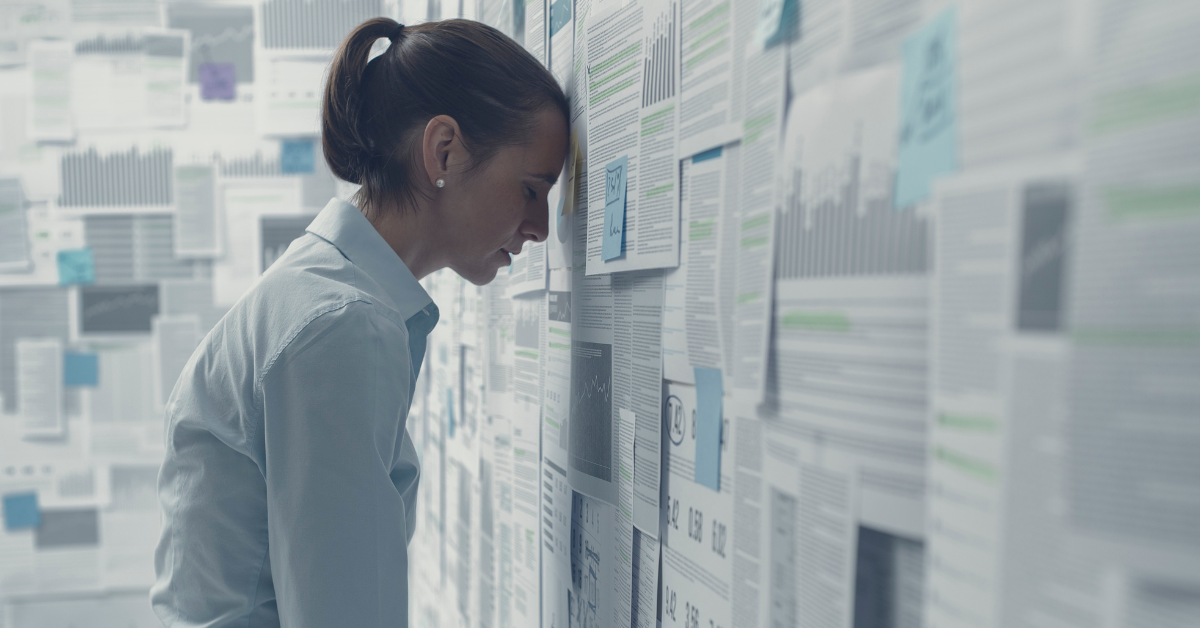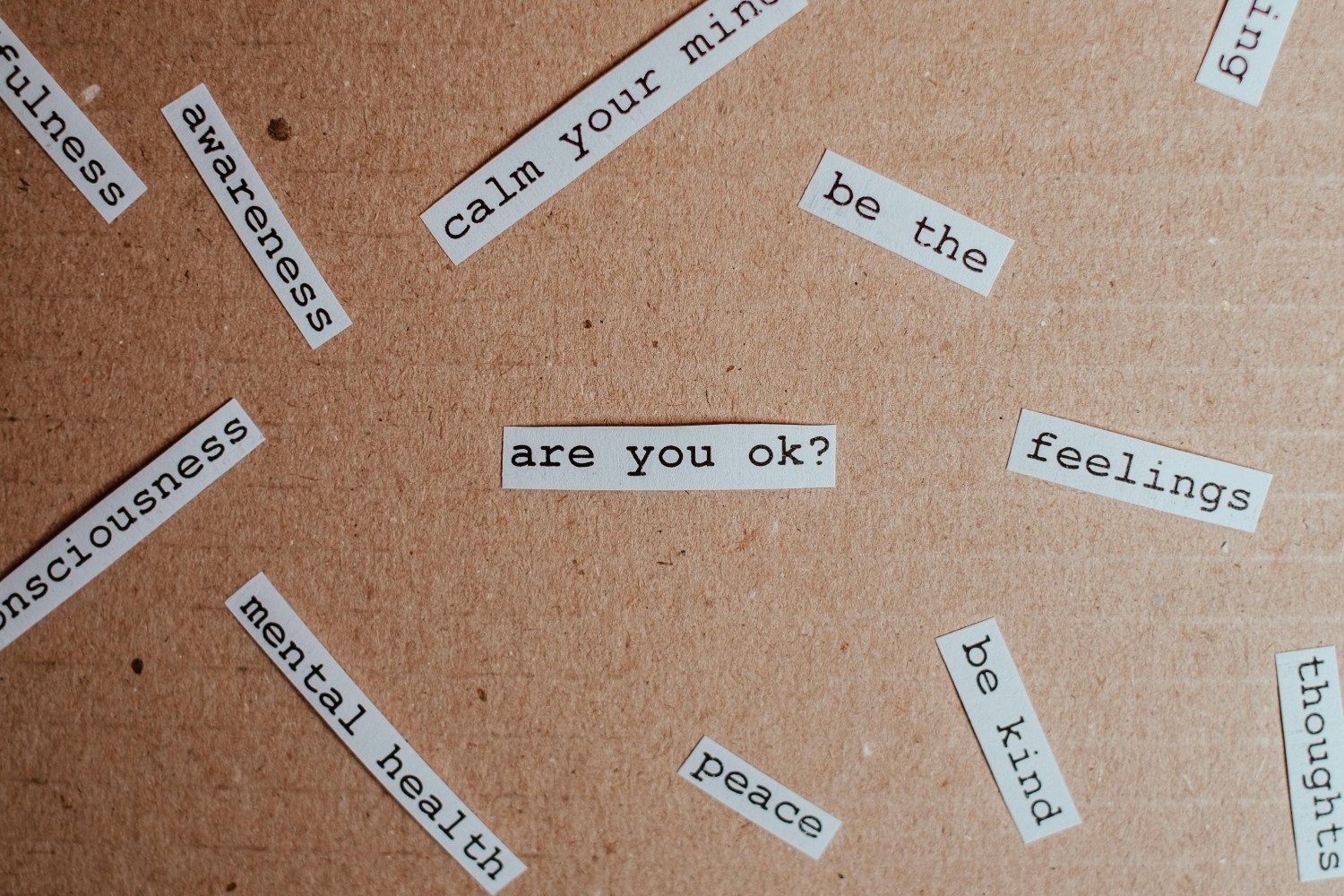Unexpectedly high damage awards in civil cases that appear to be resolved based upon their perceptual value at the jury level, rather than their actual economic worth, and often referred to as a nuclear verdict, are unfortunately nothing new. Plaintiff attorneys have become experts at taking small, relatively benign cases and manipulating them into devastating outcomes and expensive nuclear settlements. In many instances, common civil litigation mistakes precipitated these calamitous verdict outcomes that appear to be spiraling out of control.
With the growing threat of nuclear verdicts, defense attorneys can’t afford to be hamstrung by poor depositions, insufficient data and insight on juror perceptions, and a sympathetic plaintiff. Courtroom Sciences understands what’s at risk in your litigation, and our science-based methodology can alleviate these problems.
What are common civil litigation mistakes?
Four of the most common civil litigation mistakes are lethal but also fully preventable. These four mistakes include making witness preparation the last priority, a weak visual presentation of your case, an over-reliance on expert witnesses, and going on the defensive too early. Avoiding these four mistakes is key to increasing the odds of an optimal settlement or trial outcome.
Mistake #1: Making Witness Preparation Your Last Priority
Plaintiff’s attorneys have evolved to become far more aggressive, particularly with the introduction of reptile tactics. Often used to elicit nuclear settlements, plaintiff attorneys use reptile attacks to take down defense key witnesses. From corporate representatives to a PMK (person most knowledgeable), a safety director, or any other fact witnesses, a plaintiff attorney’s ability to compel a defense witness into delivering damaging testimony improves their leverage in settlement negotiations.
Bad depositions can be economically disastrous. To prevent these bad depositions, defense attorneys cannot wait until the week before the trial to start preparing witnesses. There are two main reasons for this: the quality of the preparation goes down, and if you find a problem with one of your witnesses, there is no time left to fix it. Attorneys must start deposition preparation early, and trial preparation, in particular, should begin at least six weeks before the trial. These preparation meetings don’t necessarily have to be long. Still, they should start building with document review, exhibits, and trial themes, as well as a focus on trial testimony of your key witnesses.
Defense attorneys shouldn’t rely on a case settling and instead must assume that you’re going to trial and take the necessary steps to ensure witness preparation. Rather than making the mistake of having witness preparation be your last priority, defense attorneys should look at making it a top priority.
Mistake #2: Presenting a Weak Visual Presentation of Your Case
Consider who your jurors are; they are individuals who are generally spending all day looking at computers and phones with fancy graphics and images. Suppose the plaintiff attorney invests the time, the money, and the effort into putting up a powerful visual presentation, and yours is weak. In that case, the jurors will give more value to the production they find more attractive.
Assessing the quality of your visual presentation is yet another reason why it’s important to do focus groups and mock trials. Using more visuals, specifically strong ones, the more persuasive your presentation will be to the jury. Defense attorneys need to strike the right balance with a presentation that’s not too advanced, so it’s not understandable by the jury and something that’s not too simple.
Regarding the visual presentation , trial attorneys must pay attention to color choice and how many bullet points they put per slide. A jury will understand and retain information better from an organized and visually pleasing presentation. Defensive attorneys must ensure that they aren’t overwhelming the jury cognitively with too much information per slide or underwhelming them with a weak presentation.
Mistake #3: Over-Reliance on Expert Witnesses
While it’s true that expert witnesses can play a pivotal role in many types of cases, particularly in areas such as product liability, it’s also common in many industries that the experts on both sides are equally matched and often cancel each other out. Instead, it is likely that testimony from corporate representatives and fact witnesses is where defense attorneys will see the most results.
That isn’t to say that expert witnesses are unimportant; they certainly are because the defense needs to match at least what the other side will do. Mismatched expert witnesses are where you may see the most significant impact. Keep in mind that these expert witnesses also need witness training. While they may be experts in their field, many of them don’t have actual testimony experience or the type of training to learn how to persuade a jury.
For the most impact with a jury, defense attorneys should do more than look at an expert witness’s background. They should look at how many times the witness has testified, if they have testified effectively, and what has been the outcome. Trial attorneys should also look to see if the expert witness only ever does defense work or only does plaintiff work, as the jury may find those witnesses to be less credible. A witness doesn’t need to have testified in equal amounts for both the defense and plaintiff, but someone who has previously testified on both sides will be more believable to the jury.
Mistake #4: Going on the Defensive Early
It sounds odd to many defense attorneys, but you don’t want to talk about your client too much. In the opening statement, right after the plaintiff’s attorney has just spent the previous 30 to 45 minutes blaming you and your client for wrongdoing, you have to take that spotlight of blame and shift it to someone or something else. Defense attorneys must be aware of the availability bias, meaning the most available party, i.e., the most talked about party, is the most vulnerable to blame by the jury.
Jurors’ brains are wired for the primacy effect, so the first information presented will be seen as the most important and receive the most attention. Therefore, the defense doesn’t want to know about your client too much, certainly not at the beginning. So you have to put something or someone else on trial immediately.
A defense attorney has many targets to attack; depending on the case, it could include the plaintiff, an empty chair defendant, a co-defendant, or alternative causation. No matter which target is selected, the key is to use the first minutes of that opening and give the jurors something or someone else to blame.
To achieve superior litigation outcomes and avoid having to pay significantly higher settlement figures and damage awards, defense attorneys must be proactive in taking measures to avoid common but preventable mistakes in civil litigation. At Courtroom Sciences, we deliver actionable insights to mitigate risk to bring about predictive results and favorable outcomes. Please speak with one of our experts to get started.
Be confident in achieving superior litigation outcomes. CSI has the expertise, track record, and capabilities to help you win.



